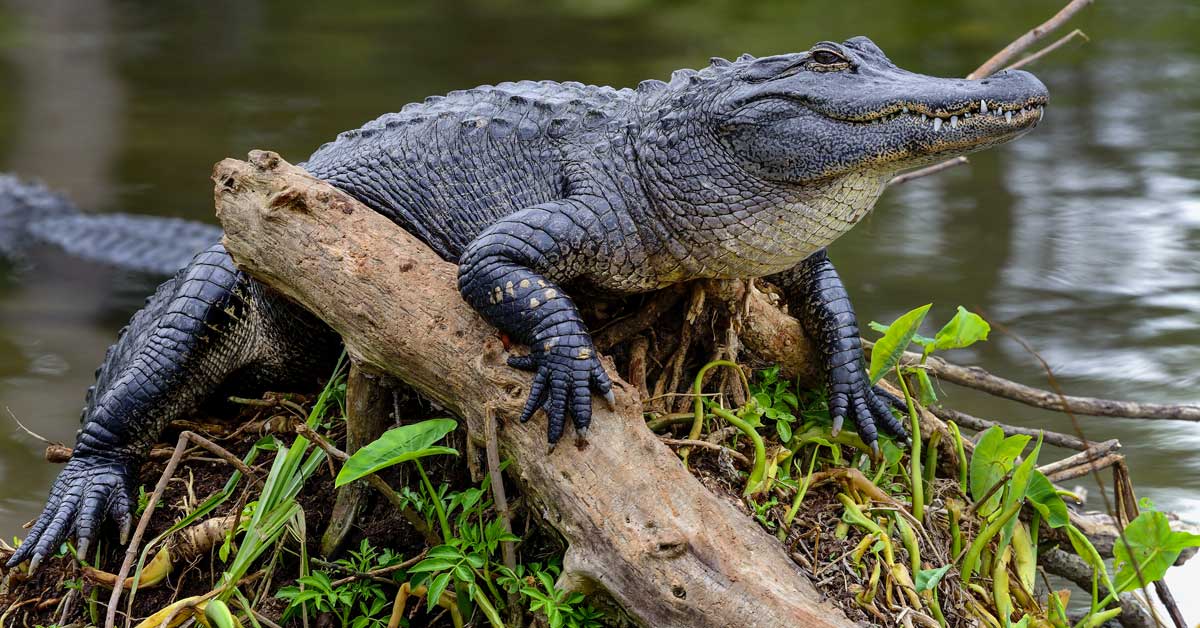Disney, Alligators and Lawsuits – Part 3, Who Can and Should Bear the Burden? The Economics of Torts
On a macro level, the American Torts system is about economics. In any given situation where someone is injured, society looks to determine who can and should, best bear the burden for mistakes. When something bad happens, we can’t go back and put Humpty Dumpty together again, so to speak. Accordingly, we do our best to decide who should be responsible and why.
Responsibility, Liability, and Law
In the case of the young toddler that was killed by the alligator at Disney, Disney was clearly in a better position than Mom and Dad to prevent this type of harm. Disney could have erected a fence to protect tourists from the alligators. Disney could have placed a warning sign for this particular danger. Disney could have searched its waters regularly to remove alligators from areas in close proximity to tourists. As I pointed out in Part 1 of this series, Disney had captured over 250 alligators in the last decade on their properties and state workers had warned Disney employees of the dangers of feeding the gators. Which person, corporation or group was in a better position and had the resources to prevent this type of accident? Was it Disney, or the parents? Clearly, in this case, it was Disney.
Disney’s failure to prevent this type of harm does not in any way mean that Disney is evil, it does not mean that Disney is a bad company and it certainly doesn’t mean that they intended for something bad to happen. Whether Disney is an evil company or whether they intended harm is irrelevant to the question of whether they were in the best position to remedy harm in this case. By imposing liability, society is making a determination that Disney should have prevented this accident and must remedy the damages (with the full understanding that there is no way anyone could ever replace a lost child) accordingly.
Corporate Vs. Public Responsibility and Liability
Many people worry that imposing liability harms business. While I can assure you that Disney has the financial wherewithal to remedy this accident (again, with the full understanding that it’s impossible to replace a lost child), that question is largely irrelevant. The relevant question when an individual or corporation causes harm is who must bear the burden for the damages caused if the responsible party does not? In the event the injured party is not compensated and cannot remedy their own damages, the unintended consequence is that we, as a society, must pick up the proverbial tab. The cost for those damages, in the form of medical expenses, lost wages and property damage, gets passed down to us. In the future, when State Farm or Allstate brings up the concept of frivolous lawsuits (itself a concept for another day), remind yourself that if one of their insureds has caused harm and they are unwilling to pay for that harm, the taxpayer ends up picking up the slack.
Conclusions
I’ve done my best in this series to use the case of Disney World as an example of how our personal injury system in America works. I hope I’ve persuaded you to see why Disney should be responsible in this case. If I haven’t, keep in mind as we discussed in Part 1, that ultimately, the law is open to interpretation and very subjective. If nothing else, hopefully you’ve considered these concepts carefully even if you’ve reached a different conclusion. For those following along at home, this case should serve as an object lesson that no matter how clearly you may view a particular situation, twelve other random people may not view that situation the same way.

